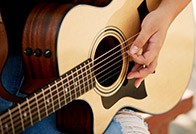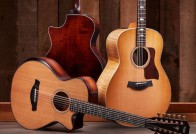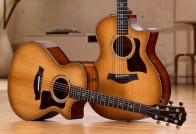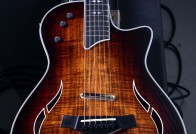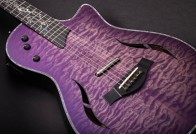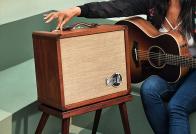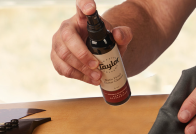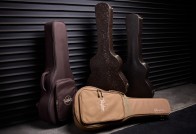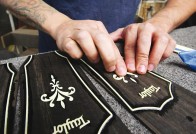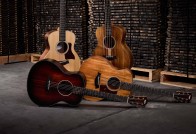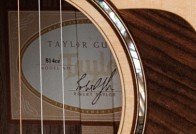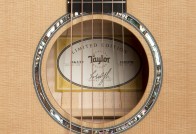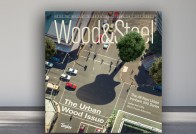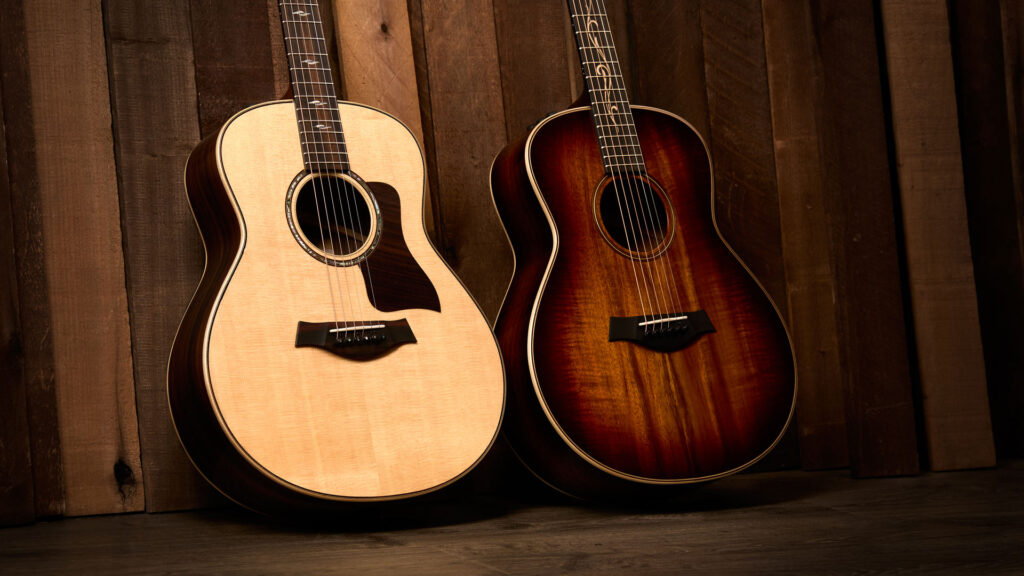Here at Taylor, we often talk about how tonewoods add “flavor” or “seasoning” to the sound of an acoustic guitar, which is first defined by body shape. For the purposes of building acoustic guitars, tonewoods are split into two general categories (with plenty of overlap): body woods, which form the back and sides of the guitar, and top woods, also called soundboard woods.
The top wood is generally considered to be a key driver of the guitar’s tonal output (hence the term “soundboard”) because of the way the top is set in motion by the energy of the vibrating guitar strings and moves the air inside the guitar body. The sound is further seasoned with more sonic texture by the body woods, which essentially form the speaker cabinet of the body.
Within the category of top woods, one of the primary distinctions used by guitar makers is between softwoods and hardwoods, whose unique physical properties contribute varying flavors to a guitar’s tone.
So what are softwoods and hardwoods, and what’s the difference between a softwood top and a hardwood top?
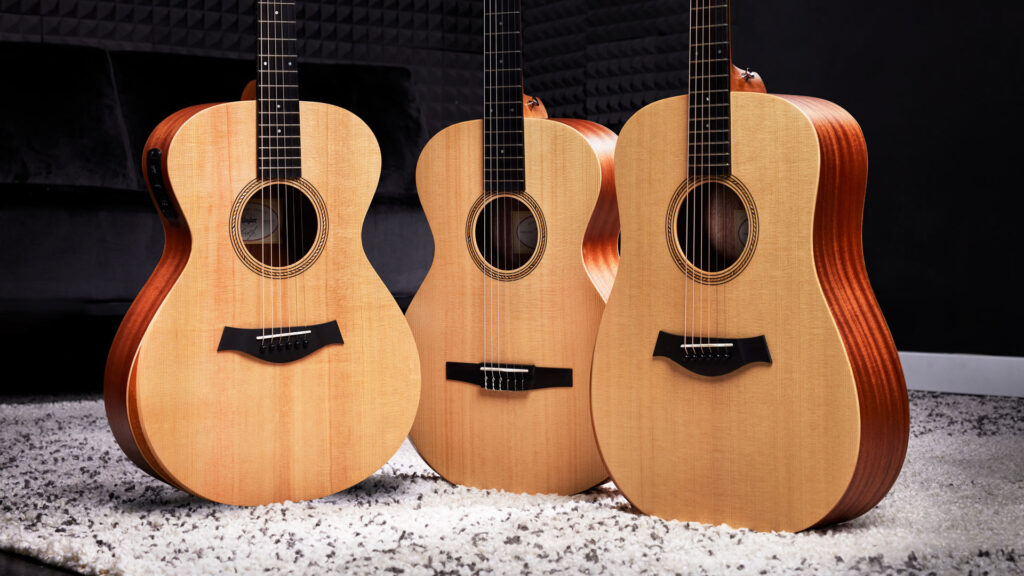
Softwood Guitar Tops
Softwoods typically come from coniferous trees such as spruce and cedar, tend to be lightweight yet strong (especially when quartersawn to optimize stiffness), and because of their lighter density have a natural elasticity that allows the top to be set in motion easily. That means even a light touch on the strings will propagate vibration across the top, providing a quick response and considerable projection. When driven harder with a more aggressive picking or strumming technique, you’ll hear bold volume that will fill a room with sound. Typically softwoods are capable of a wide dynamic range and produce pleasing overtones that enrich the sound.
Spruce is by far the most common softwood used for acoustic guitar soundboards. You’ll find a handful of different spruce varieties out in the guitar world — Sitka spruce is the go-to species, but luthiers and players also like Lutz, Engelmann, Adirondack and European spruce.
After spruce, another traditional softwood top is cedar. At Taylor, we use a variety called Western Red cedar, which is less dense than spruce and yields a noticeably warm, round response compared to the crispness and clarity of spruce. Cedar also has a high touch sensitivity and is popular as a top wood for classical and other nylon-string guitars.
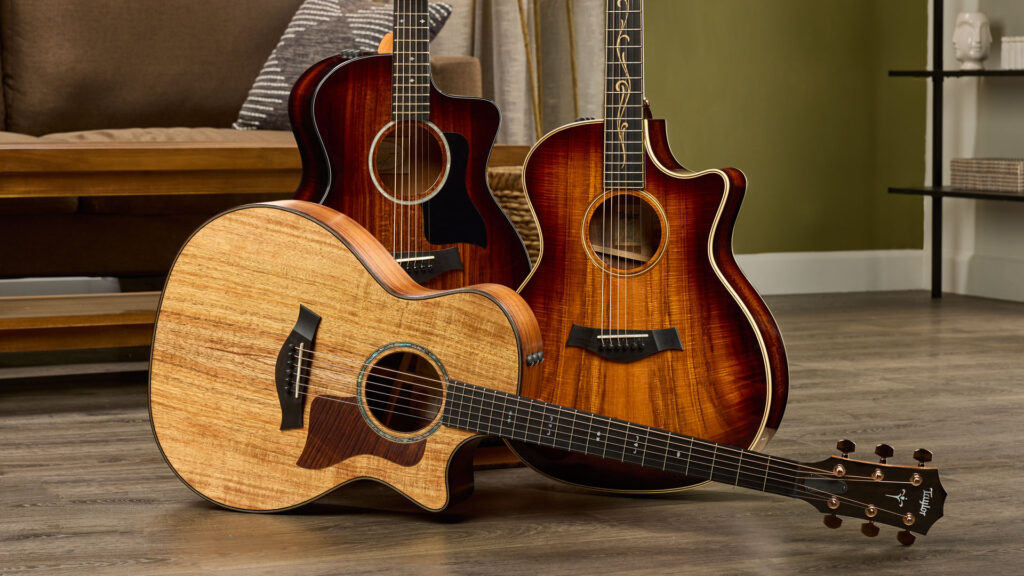
Hardwood Guitar Tops
Hardwoods are denser and harder than softwoods, and require more energy to set in motion when used as a guitar top. As a result, vibration tends to propagate more slowly across the top, which yields the primary sonic distinction between softwood tops and hardwood tops: compression.
In the context of acoustic guitars, compression means that the “extremes” of the guitar’s sound — namely, a fast attack leading to loud volume — are smoothed out. Players with a heavy hand (an aggressive strumming or picking technique) might appreciate a hardwood-topped guitar if they’re looking for a more balanced sound, especially in the context of recording applications or playing alongside other musicians. Hardwood tops tend to play very nicely with other instruments.
That compression effect also usually applies to the frequency response, generating a damping effect on top-end frequencies and yielding a slightly warmer, rounder tone than you’ll hear with a top wood like spruce. As a side effect, hardwood tops tend to limit the overtones that naturally occur in many tonewoods, offering a sound that’s more focused on the actual note being played.
Mahogany is the most common hardwood top for guitars, and players love it for its woody, warm response with an especially potent midrange. Hawaiian koa is another popular choice, especially among Taylor guitars, beloved for both its visual beauty and its sparkling musical character that shares mahogany’s midrange focus and adds a splash of top-end shimmer.
Other less-common hardwood tops include walnut and maple.
Learn more about how tonewoods affect sound
After the top wood, a guitar’s back and sides have a similar “seasoning” effect on a guitar’s tone. Read up on the tone-shifting powers of various body woods elsewhere on the Taylor blog.




